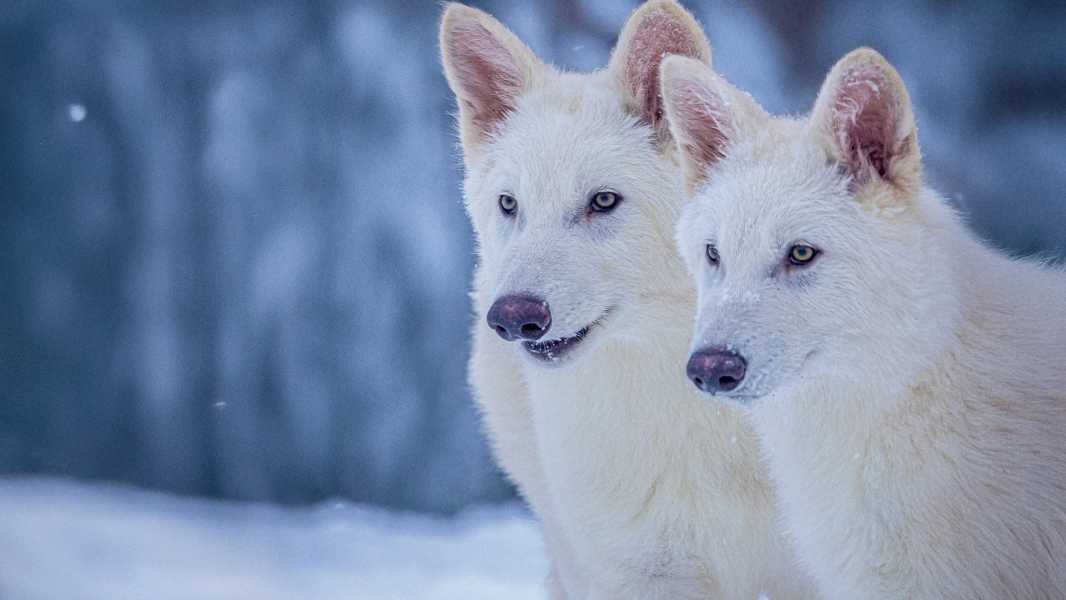
In a controversial announcement in early April, Colossal announced that it had genetically engineered three “direwolf” pups: Romulus, Remus, and Khaleesi. (Image courtesy of Colossal Biosciences)
In a controversial announcement earlier this month, scientists from Colossal Biosciences said they had brought long-extinct dire wolves back to life through genetic engineering.
Dire wolves (Aenocyon dirus) lived in North America during the last ice age and became extinct about 12,500 years ago, but fossils have preserved enough of the predator's DNA that researchers have been able to partially reconstruct their genome.
The claim drew criticism from paleogeneticists and others who argued that the newly created animals — three snow-white puppies named Romulus, Remus, and Khaleesi — only resembled dire wolves in appearance and were therefore not genuine dire wolves. To “resurrect” the dire wolf, the Colossal scientists made 20 changes to 14 genes in the genome of the modern gray wolf (Canis lupus), altering features such as body size and fur color.
“Colossal claims that the gray wolf and dire wolf genomes are 99.5% identical, but that’s still 12,235,000 individual differences,” Nick Lawrence, a paleogeneticist and associate professor at the University of Otago in New Zealand, told Vox. “So a gray wolf with 20 changes in 14 genes, even if those are key differences, is still a gray wolf.”
Additionally, experts have emphasized that dire wolves and gray wolves are not closely related in evolutionary terms. Although the two species share many physical characteristics and the social structure of a wolf pack, a seminal 2021 study published in the journal Nature found that dire wolves are not technically true wolves.
According to the study, dire wolves evolved from modern wolf-like canids—a group that includes gray wolves, coyotes (Canis latrans), red wolves (Cuon alpinus), African wild dogs (Lycaon pictus), and African jackals—about 5.7 million years ago.
So how close are dire and gray wolves, and what does existing evidence say about their evolutionary relationship?
Distant relationship
Recent peer-reviewed research suggests that dire wolves and gray wolves are only distantly related, Mairin Balisi, a paleontologist and curator at the Raymond M. Alf Museum of Paleontology in California, told Live Science in an email.
In a 2021 study, scientists found that dire wolves and gray wolves shared a last common ancestor that lived 5.7 million years ago during a period known as the late Miocene, explained Balisi, who studies the evolution of mammalian carnivores but was not involved in the 2021 study.
The analysis, based on DNA extracted from five dire wolf fossils, “showed that dire wolves are descended from an ancestor not only of gray wolves, but also of a group that includes [gray wolves and their closest relatives] and all wolf-like canids, including African jackals,” Balisi said. “This distant relationship justifies the generic name Aenocyon for dire wolves, which is distinct from the generic name Canis for most other wolf-like canids.”
Sourse: www.livescience.com





